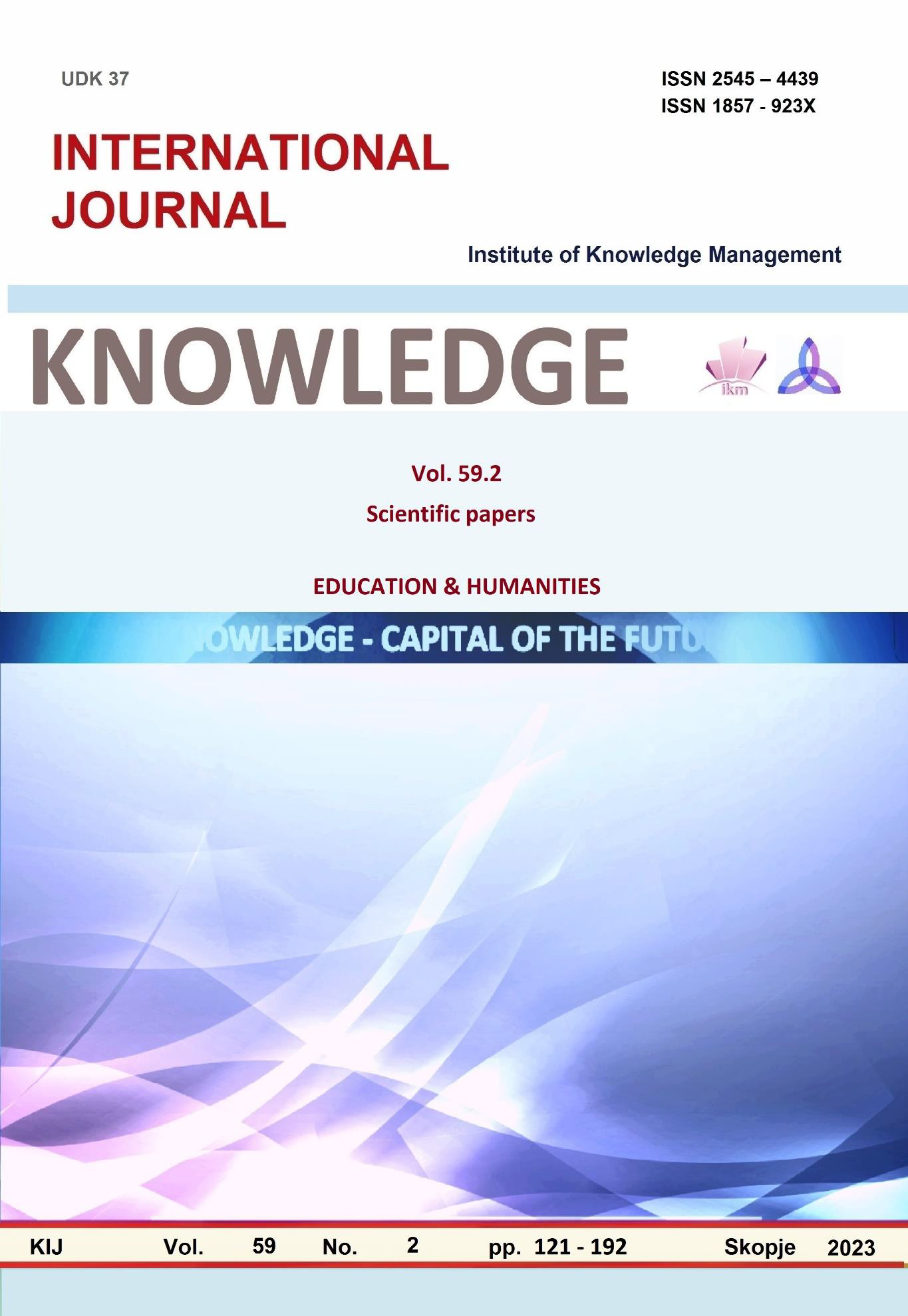THE ROMA GHETTOIZED STRUCTURES IN DOBRICH: A RESOURCE OR A CHALLENGE TO THE DEVELOPMENT OF THE CITY
Keywords:
Roma ghettoized structures, Roma community, opportunities, problems, segregationAbstract
Dobrich is one of the cities in which an increase in the size of the existing Roma ghettoized urban structures (Izgrev quarter, Iglikite quarter, Bus Station 1 and Bus Station 2) has been observed, which is changing the appearance of the city, albeit unconsciously, given the fact , that three of them are mixed inside the structure of the city and have a significant impact on its development. In the context of European policies for territorial cohesion, an important focus is the construction of more equal cities in socio economic terms. In the report of the European Commission "Cities of the Future", published in 2011. the view is taken that European cities become places of social progress, working towards social cohesion, balance and integration in order to reduce disparities between neighborhoods and to reach a low degree of spatial segregation and social marginalization. Regardless of the fact that the local authorities in the city make significant efforts to overcome stereotypes and prejudices towards the Roma community, a large part of the Roma population continues to be marginalized and socially excluded from the life of the city. There are a number of problems in the independent district of Izgrev, which, regardless of the efforts of the municipality, remain unresolved, which in turn, according to Francini (2013), may threaten the social, cultural and spatial integrity of the city. The Roma neighborhood is changing very intensively both horizontally (in space) and vertically (in height), but regardless of this, the dynamics in the inner structure of the neighborhood remain hidden from the local authorities, which significantly complicates the integration processes. The main purpose of the report is to outline the main problems faced by the Roma ghettoized structures in the city, which contribute to the deepening of the exclusion of the Roma population, lead to the underestimation of the opportunities to improve the educational, socioeconomic and health status and ultimately to the encapsulation of the community. This, in turn, significantly limits the opportunities and prospects for the development of the city and forms a specific attitude towards it from the point of view of investment growth and economic prosperity. Based on a series of in
depth interviews conducted among representatives of the Roma community, mediators, non governmental organizations, Roma from the neighborhoods and representatives of local authorities within the framework of a project on the topic: "Spatial models of Roma ghettoized urban structures in Bulgaria", financed by the Scientific Fund research at the MES, an attempt will be made to answer the research question posed.
References
Административен мониторингов доклад за изпълнението през 2022.на Националната стратегия на Република България за равенство, приобщаване и участие на ромите (2021 – 2030). (2022).
Илиева, Н., & Асенов, К. (2016). Фактори, оказващи влияние върху пространствената сегрегация (на примера на Арман махала, гр. Пловдив) В: Проблеми на географията, 3-4, Изд. БАН, София.
Илиева, Н., & Лобутова, В. (2015.). Пространствена сегрегация – същност, фактори, основ- ни характеристики. В: Проблеми на географията, 1-2, Изд. БАН, с. 21-30. София.
Томова, И., & Стойчев, Л. (2021). Основни показатели за социално приобщаване и основни права в България. Тематичен доклад за положението на ромите. (2021). https://www.noveleea.bg/wp-content/uploads/2022/04/Thematic_report_Roma_BG_22-04-26.pdf
Томова. И., & Стойчев, Л. (2017). Анализ и експертна оценка за напредъка на РБългария по основните приоритети за социално включване на ромите. https://nccedi.government.bg/sites/default/files/2018-07/BAS%20Report_NCCEII_V2.0.pdf
Образование и реализация на ромската общност. Резултати от национално представително проучване (2020). Тръст за социална алтернатива http://socialachievement.org/web/files/richeditor/dokumenti/Education%20and%20Employment%20survey%20report%202020.pdf
Baley, N. (2018). Spatial Segregation Measures: A Methodological Review. Research publications by members of the University of Glasgow.
Cassiers, T., & Kesteloot, Ch. (2012). Socio-spatial Inequalities and Social Cohesion in European Cities. Urban Studies. 49 (9), pp. 1909-1924.
Gidley, B., & Caputo, M. (2014). Residential Integration – Towards A Sending Country Perspective Technical Report. Interact – researching third country nationals’ integration as a three-way process - immigrants, countries of emigration and countries of immigration as actors of integration, pр.41 https://www.researchgate.net/publication/276315881_ Residential_integration_-_towards_a_sending_country_perspective
Francini, M. (2013). Ch. Master Thesis. Segregation policies in Sweden & Italy Supervisor: Prof. Jan Evert Nilsson, pp. 40, https://www.diva-portal.org/smash/get/diva2:832901/FULLTEXT01.pdf
Haussermann, H. (2005). The end of the European city? European review, 13 (2), 2005, pp. 237-249.
Ilieva, N., & Kazakov, B. (2019). Projection of the Roma population in Bulgaria (2020-2050). 5th Jubilee International Scientific Conference „GEOBALCANICA 2019“, 13-14 June 2019, Sofia, Bulgaria, ISSN:1857-7636, DOI: http://dx.doi.org/10.18509/GBP.2019.35, 271-280
www.nsi.bg, 2023
www.azgovenrment.bg 2023





